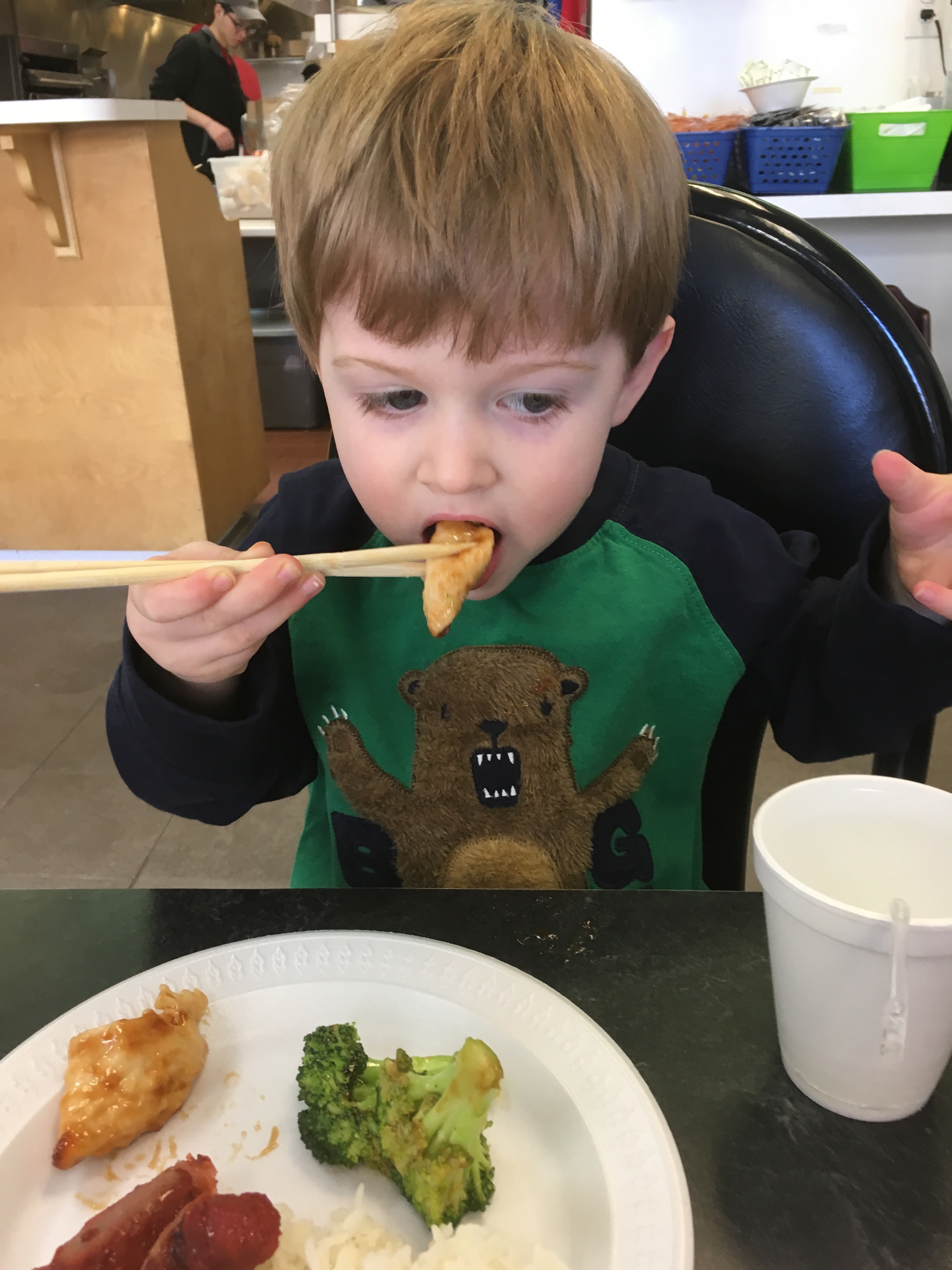Chopsticks Will Help Your Toddler’s Development
As a kid, I remember my father teaching me to use chopsticks. As he told me, he learned first in Vietnam, and then he mastered it when he worked in the city after the war. He would go to Chinatown for lunch, and they would provide you with chopsticks to eat your lunch. It was a sink or swim situation (unless you wanted to use your hands).
It didn’t take much time for me to master using chopsticks. I was able to eat my beef with broccoli using them. I was also able to eat my rice with them. As I become more and more adept, I began to pass egg rolls, the soy sauce container, and various other items on the kitchen table using them. I’m very thankful that I learned how to use them at a young age.
At some point in your life, you are going to go to a sushi restaurant, or your job is going to provide sushi at one of its functions. In either scenario, you do not want to be the person who is asking for the fork and knife to eat your food. It’s embarrassing, especially when you consider that by the time you reach adulthood you are almost expected to be able to use chopsticks.
It is one of the many reasons I have been teaching my son to use chopsticks. When he was an infant, I got him his own pair of chopsticks. As it turns out, it is really not necessary to get them because sushi and Chinese restaurants routinely carry chopsticks for children. Still, it is not a bad idea to get your own so your child can learn with their own pair, and you can make sure the chopsticks your child eats with is absolutely clean.
Once my son was able to eat solid foods, we put the chopsticks in his hand when we ate sushi (sweet potato roll for him) just like we put the spoon in his hand when he would eat eggs or sweet potatoes. The idea was to get him accustomed to using them:
As time progressed, he has become more and more adept at using them. Now he is at the point where he is able to feed himself just as well as he can with a knife and a fork if we give him a pair of chopsticks:
Other than the sheer amazement we see from people as a two year old is able to eat his dinner using a pair of chopsticks, and the great picture opportunities, there are a number of reasons why using the chopsticks has been good for own son’s development.
First, it helps your child improve his hand-eye coordination as well as their hand strength. Additionally, at an age where most children struggle to show more two or three fingers at once, the chopsticks help with a child’s finger manipulation. This is a long way of saying the use of chopsticks will help your child’s fine motor skills. Also, keep in mind, that when the time comes, the very same skills that are honed using chopsticks are going to be the very same skills needed when it comes time to learn how to write (which really isn’t that far away).
With my son, we noticed two immediate things when he started to use chopsticks. First, he showed a clear hand dominance. Routinely, he would go to the right hand to use the chopsticks. Second, and most importantly, we began to see him grip and use crayons differently. Instead of grabbing the crayon in a fist, he was able to grip the crayon like you would a pencil. He was able to do it with ease, and when he started drawing, there was more of a purposeful direction in what he was doing (not that the results looked much different). Generally speaking, we his fine motor skills develop at a more rapid pace than they were before he used chopsticks.
Another added benefit is he finds using chopsticks to be fun. With that, he is more eager to sit down and eat at times when we are using chopsticks. As parents know, sometimes getting your child to sit down to eat is a seemingly unnecessary fight. Anything that prevents that fight is a win.
Overall, there are many benefits to your toddler learning to use chopsticks, and on occasion, the use of chopsticks to eat (or play games) should be encouraged.

